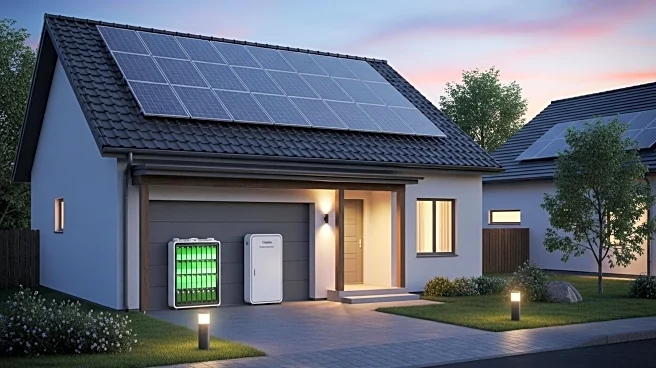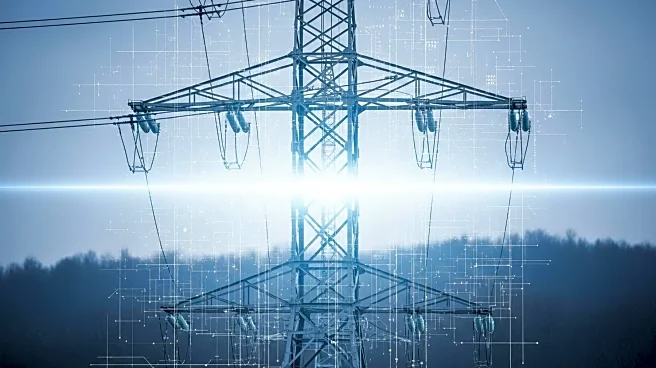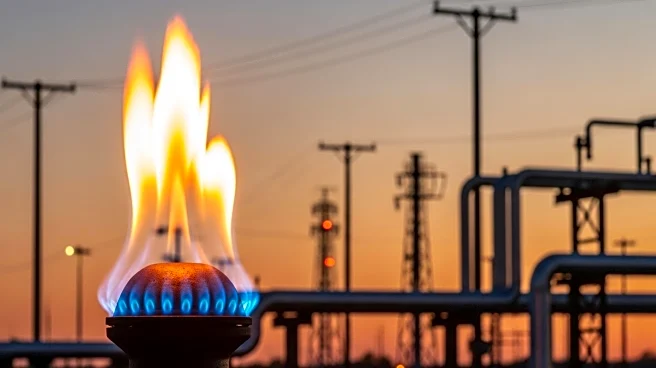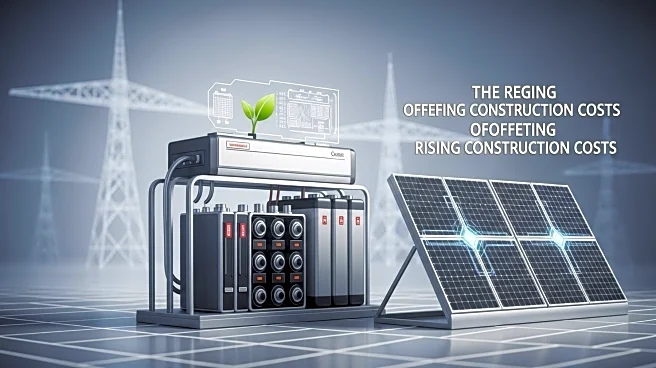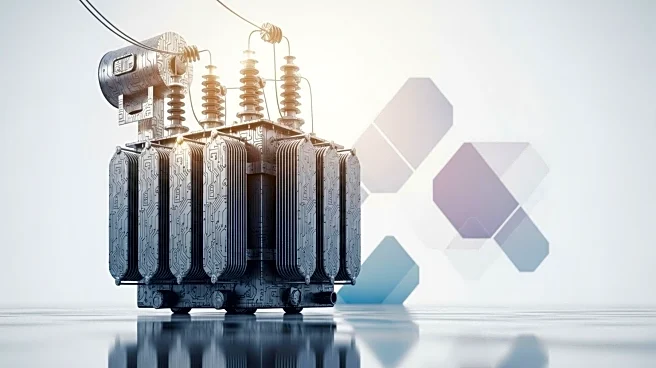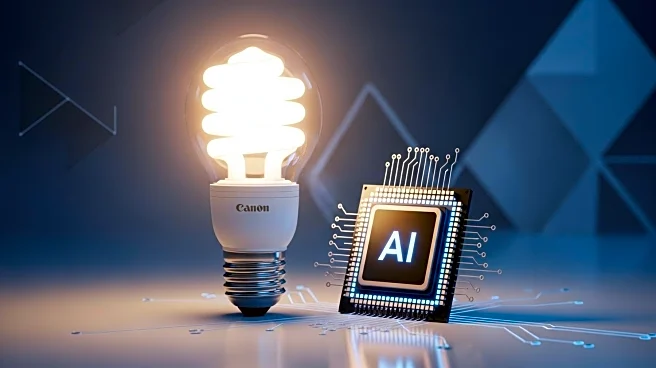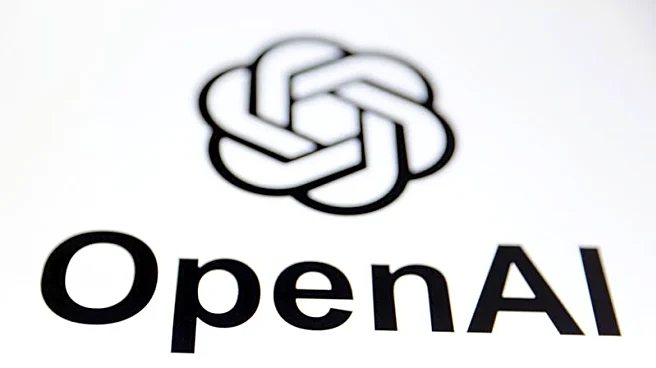What's Happening?
U.S. utilities are facing significant challenges due to surging electricity demand, driven by factors such as artificial intelligence, data center developments, and widespread electrification. In 2023, utilities spent over $78 billion on transmission and distribution infrastructure, with costs expected to rise further. To address these challenges, utilities are increasingly turning to behind-the-meter distributed energy resources (DERs) like rooftop solar, smart thermostats, and electric vehicle chargers. These resources can expand virtual power plant capacity, reduce demand during peak periods, and defray the need for costly new power plants and transmission investments. Supply chain issues, regulatory headwinds, and trade policies further complicate long-term planning, but DERs offer a cost-effective solution to enhance grid resiliency.
Why It's Important?
The integration of behind-the-meter DERs is crucial for modernizing the U.S. electric grid without incurring excessive costs. By leveraging existing resources, utilities can avoid expensive energy market purchases and maintain grid stability. This approach supports demand flexibility programs, which are essential for reducing stress on the grid during peak times. As the Department of Energy estimates a need for 80 GW to 160 GW of additional virtual power plant capacity by 2030, DERs play a central role in meeting this demand. The strategy not only addresses immediate infrastructure constraints but also aligns with broader goals of decarbonization and energy efficiency.
What's Next?
Utilities are expected to continue expanding their use of DERs, with states like Virginia already requiring virtual power plant pilot proposals. As demand response programs evolve, utilities will increasingly rely on smart devices to manage energy loads. The Federal Energy Regulatory Commission's expanded framework for demand response participation further legitimizes these programs. Additionally, the growth of electric vehicle adoption presents new opportunities for load management, with advanced programs enabling vehicle-to-grid capabilities. Utilities will likely focus on integrating these technologies to enhance grid flexibility and resilience.
Beyond the Headlines
The shift towards behind-the-meter DERs highlights a broader trend in energy management, emphasizing customer-sited resources and decentralized energy solutions. This approach not only reduces reliance on large-scale infrastructure projects but also empowers consumers to participate in energy markets. The ethical and cultural implications of this shift include increased consumer engagement and potential changes in energy consumption patterns. As utilities navigate regulatory and supply chain challenges, the successful integration of DERs could redefine energy management practices and promote sustainable development.
